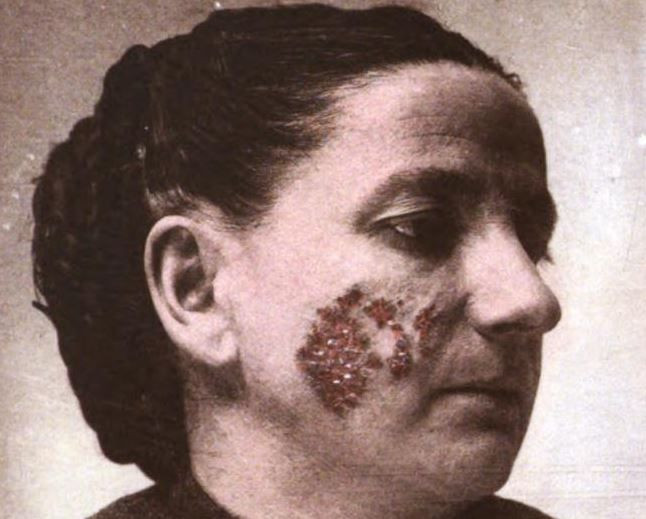Autoimmune Disease Biomarkers: New Study Could Pave The Way For Lupus Treatment, Among Other Disorders

Scientists are closing in on a possible biomarker for lupus and other autoimmune disorders.
Scientists believe women have a better immune system than men because the X chromosome has more immunity-related genes — and if you recall from your high school biology class, women have two and men have only one. But the double X may also increase women’s risk for autoimmune disorders. Women account for 85 percent of lupus patients, and men born with an extra copy of the X chromosome, also known as Klinefelter’s syndrome, are 14 times more likely to develop it too. A new study published in the Proceedings of the National Academy of Science may have figured out why.
The authors focused on X chromosome inactivation (XCI), a natural mechanism that silences one of the chromosomes to prevent women from having twice as many genes. Two active X’s can be lethal, lead author Montserrat C. Anguera, an assistant professor in the department of biomedical studies at University of Pennsylvania's School of Veterinary Medicine, told Medical Daily. But in her research, Anguera found that XCI isn’t as tight in white blood cells as it is in other cell types, such as those in muscles and the liver.
To find out why, she and her team isolated T and B cells from the blood of healthy mice and humans and looked at the patterns of Xist, an RNA molecule that initiates and maintains XCI to silence a chromosome. “We like to call it a cloud,” Anguera said. “It allows you to see where the RNA transcripts cluster around the chromosome” and shut it down.
Chromatin can also silence gene expression in female cells and often works with Xist to further reduce gene expression, Anguera said.
While there was Xist in the cells, Anguera was surprised to find that it was in the wrong place and the inactive chromosome was not completely silent. Silencing marks from chromatin were missing in T and B cells, too. Anguera and her team believe the cells lost both the patterns of Xist and chromatin, which partially triggered gene expression in the silent chromosome.
“This is super unusual to see because the XCI process happens early in embryo development, right as the embryo is implanted in the uterus,” Anguera said. “That’s when the decision is made to turn off the X from mom or dad. Once the decision is made, the cells maintain the memory.”
If the silencing marks were lost, could you just reactivate them? That’s very hard, Anguera said, and when she and her team did it in some of the blood cells, only part of the Xist cloud reappeared.
Now the team is going to start looking at samples from lupus patients to see what XCI looks like in their cells. If they find a distinct pattern, doctors could use it to quickly identify people with lupus.
“There are no good biomarkers for lupus and other disorders,” she said. “There’s a huge need for them since patients have to go through different types of tests before they get a diagnosis. Looking at an inactive X may be a fast and easy way to determine the severity or just the start of the disease.”
There are about 80 autoimmune disorders, and 25 have a strong bias toward women, Anguera said.
This is the first study to find missing silencing marks from healthy female cells, according to the authors. It connects the immune system and silenced chromosomes in a new way and could soon reveal why women are predisposed to certain disorders.
“It’s all very novel,” Anguera said. “It could be the groundwork for something really cool and exciting.”
Source: Wang J, Syrett CM, Basu A, Atchison ML, Anguera MC. Unusual maintenance of X chromosome inactivation predisposes female lymphocytes for increased expression from the inactive X. Proceedings of the National Academy of Sciences. 2016.



























